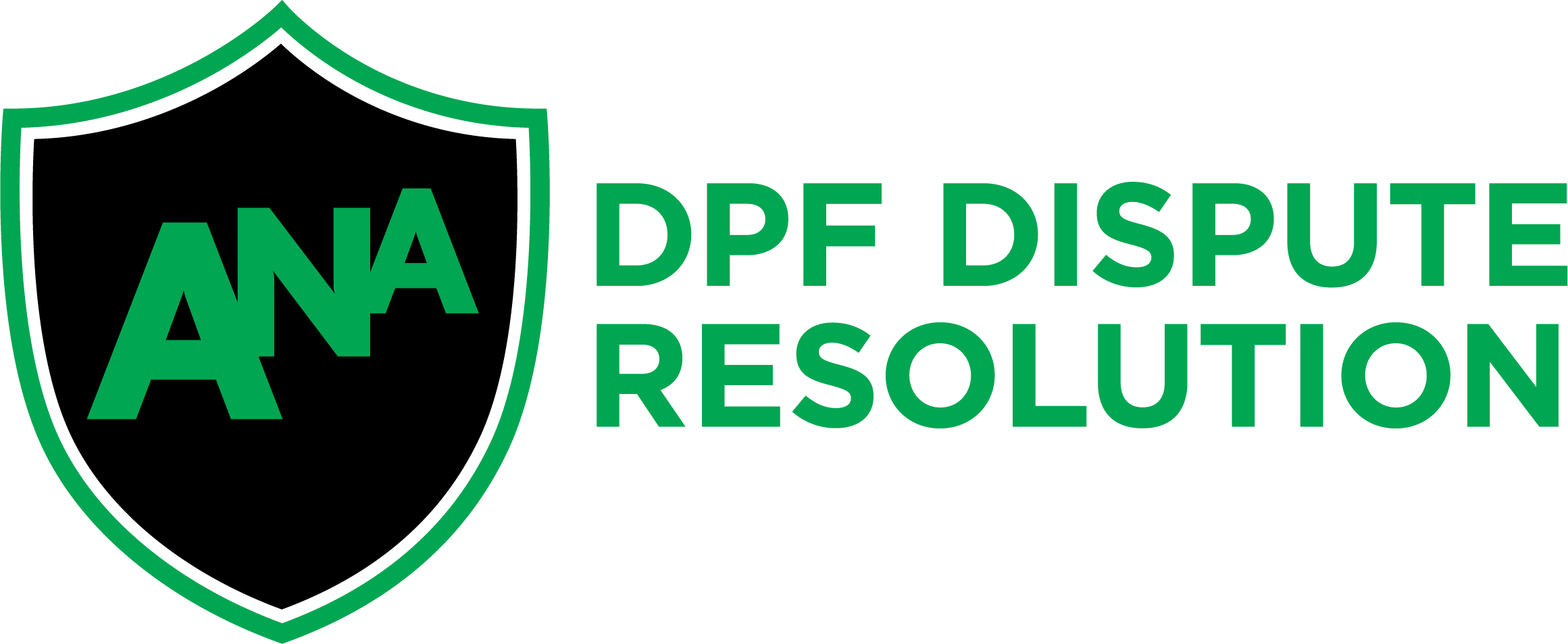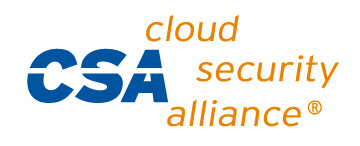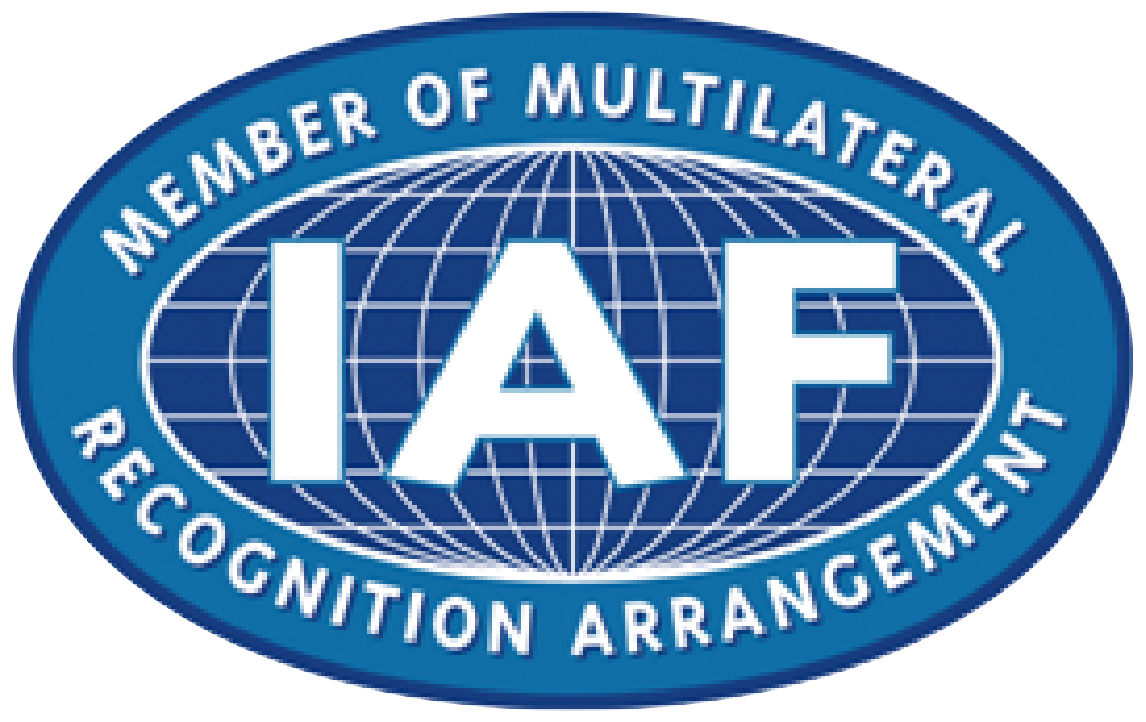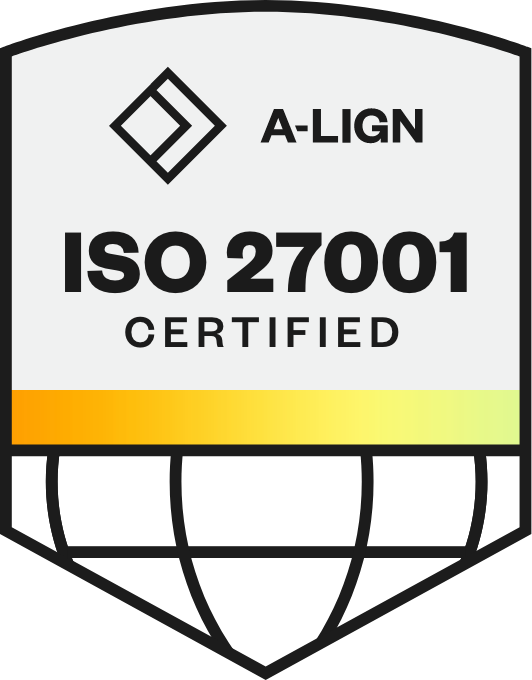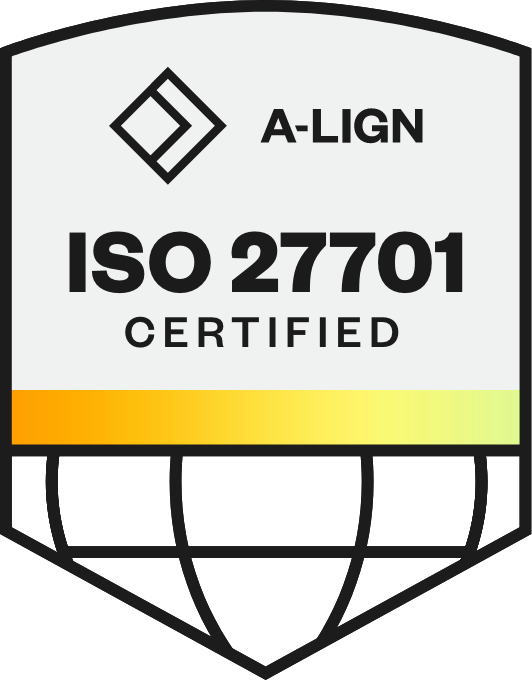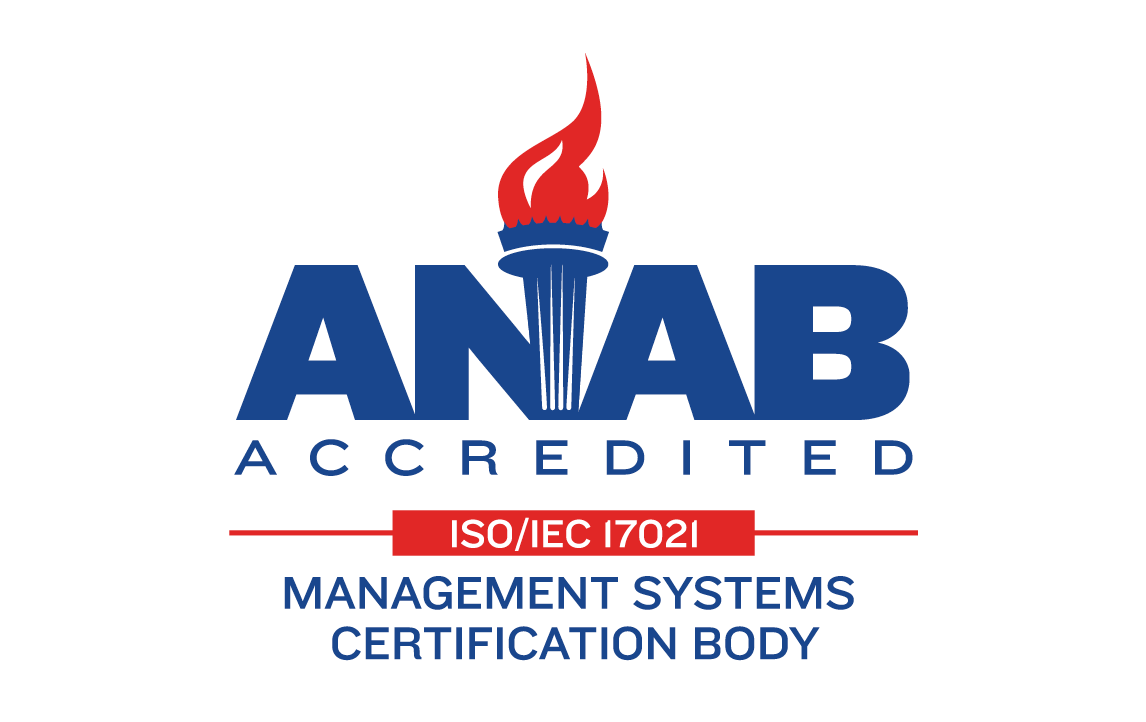
Optimize Your Hiring Workflow With Business Process Mapping
If you’re looking to streamline your talent acquisition process and get the most out of your hiring tools, business process mapping is a step that can’t be missed.
Business process mapping is the practice of visually outlining every step in your hiring workflow — from opening a requisition to closing it — to clearly understand who does what, when, and where. It helps identify bottlenecks, clarifies responsibilities, and ensures that any new tools or changes are integrated smoothly, ultimately reducing time to fill and improving overall efficiency.
Phenoms Jared Bouchard, Director, Customer Enablement and Scaled Customer Value, and Devon Morrow, Customer Enablement Manager, recently hosted a webinar that dove into practical strategies for mapping out and refining your hiring processes — whether you’re using Phenom or any other platform.
Let’s break down the key takeaways so you can apply these ideas to your own TA workflow.
Why Business Process Mapping Matters
Business process mapping isn’t just for new software rollouts — it’s a smart move whenever your hiring process changes, whether due to new tools, mergers, or shifts in organizational structure. As Bouchard put it: “As soon as you start thinking about implementing a new piece of software, you should go through a processing workshop or internal change.”
At Phenom, business process mapping is all about understanding every action your talent team takes, from the moment a job requisition is opened to when it’s finally closed. The ultimate goal is to fill roles as quickly as possible with the highest quality candidates, making sure every step in the process supports efficiency and great hiring outcomes
Regularly reviewing your process helps you spot bottlenecks, adapt to change, and ensure everyone — from recruiters to leadership — understands the workflow.
Getting Started: Key Questions to Ask
Morrow outlined a few foundational questions to kick off any business process review:
What process are we mapping? (TA workflow, specific business units, global teams, etc.)
Who is responsible for each action? (Like scheduling interviews)
Which systems are involved, and are any parts of the process changing?
What are the boundaries and what’s in scope for this review?
What are the trigger points for this review? (New tech, unmet KPIs, or process improvements)
She emphasized, “Our goal here is to zoom out and create an ideal state for the overall talent acquisition group that we’ve identified, taking a look back at that trigger point for the business process review, and then clarifying the outcome of what we’re looking to achieve.”
Visualizing the Workflow: Mapping Tools and Swim Lanes
No matter what tool you use for creating business process maps, the idea is to break the process into clear “swim lanes,” such as:
Sourcing
Requisition Open
Reviewing Applicants
Interview & Scheduling
Offer
Morrow explained, “We’ve broken things out into different swim lanes for each step in the process to understand who’s going to be responsible for what action and which platform these actions are going to be taking place.”
Sourcing Above the Funnel and Pipelining
You shouldn’t underestimate “above the funnel” sourcing: building talent pipelines before a requisition is even open. Whether you’re using Excel, a CRM, or an ATS, the goal is to organize leads, pipeline for future roles, and move candidates through custom workflows that mirror your hiring stages.
Bouchard elaborated: “What we’re trying to do is show you that there are ways to migrate your data so that you’re able to do that within the platform to make it easier for you to map out a process to say, ‘hey, guys, this is what our current state is. Now that we have Phenom, what is our future state?’”
Customizing and Iterating Your Process
It’s important to remember that one size doesn’t fit all. Both Morrow and Bouchard encourage teams to collaborate, bring their own process maps, and seek feedback.
“This is something that you can help create, bring to the customer value team, and say, ‘we created something like this, or we already have something in place. We would love to get your thoughts on what we have to help collaborate with that,’” Bouchard said.
Keep It Collaborative and Continuous
Business process mapping is an ongoing practice that helps your TA team stay agile, efficient, and aligned with business goals. As Morrow summed up, “Doing this is going to help determine what solutions we can create to relieve any roadblocks or bottlenecks the team may be experiencing.”
So, whether you’re rolling out a new tool or just want to tighten up your hiring workflow, take the time to map it out, involve your team, and revisit your process regularly.
To continue creating even better experiences for candidates, check out our Essential Talent Acquisition Toolkit.
Maggie is a writer at Phenom, bringing you information on all things talent experience. In addition to writing, she enjoys traveling, painting, cooking, and spending time with her family and friends.
Get the latest talent experience insights delivered to your inbox.
Sign up to the Phenom email list for weekly updates!



